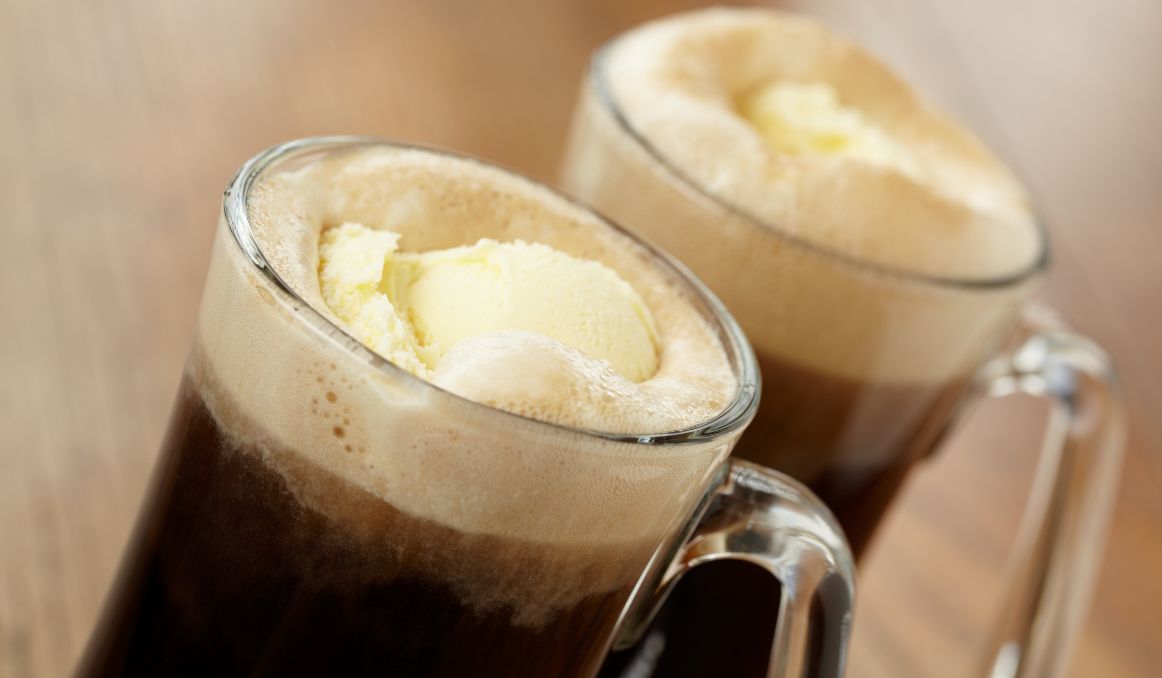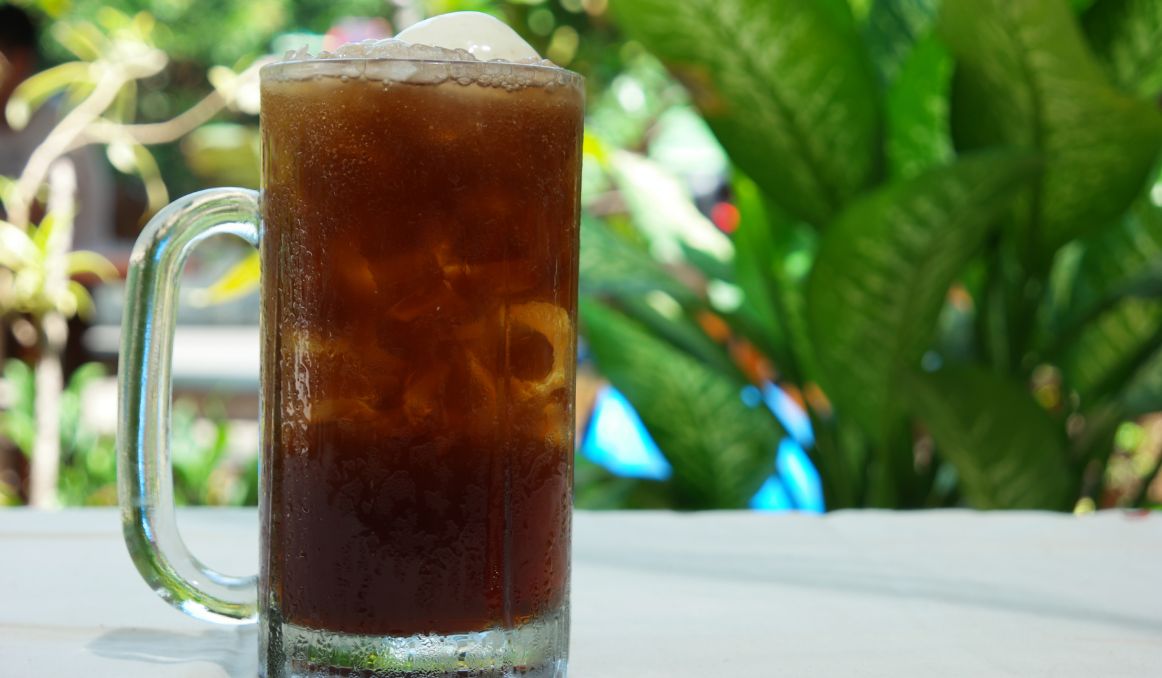Does Root Beer Have Alcohol in It? Your Complete Guide
Root beer has been around for centuries and has taken on many forms. It has historically had alcohol in it, depending on the version and the purpose for its brew. Root beer has been used, though, as a medicinal drink, a tincture, and a fun soda pop alternative to beer. It has even been made from two different roots, both often marketed as root beer.
Where did it all begin?
The History of Root Beer

It’s true, for centuries, where native cultures lived among sassafras and sarsaparilla, root beer or sarsaparilla, often thought of as interchangeable, have been made for a variety of health reasons.
Sassafras is a plant whose bark has been used traditionally to make medicine. The sassafras tree grows in most of the eastern half of the United States and west of the Mississippi River all the way into Texas. It can grow up to 60 feet tall. The trees in the south usually grow much taller than those in the south, but both trees end up being quite bushy. The leaves give off a sweet, spicy scent that instantly reminds you of root beer, vanilla, and oranges. There is no mistaking the sassafras tree.
The bark was used by Native Americans long before settlers arrived, and the medicinal knowledge was shared with colonists who continued its use for medicine, shipping the bark back to England.
Sarsaparilla, often confused with sassafras when drunk, is a plant quite different in appearance from the sassafras tree. It is more like a shrub, and it belongs to the ginseng family. It is found in tropical regions like South American, Mexico, Jamaica, and the West Indies. Sarsaparilla typically grows only to about one meter in height, and it is usually much smaller, with leaves and flowers that form 5 leaflets.
For centuries, indigenous populations have brewed sarsaparilla into teas and tinctures for medicinal purposes that include joint pain, arthritis, skin problems like eczema and it was thought to clean blood.
Modern Day Root Beer
Colonists began making root beer as an alternative to beer by brewing the sassafras root, adding herbs and spices like vanilla and licorice root, and then adding sugar and yeast. The result was a healthy and slightly intoxicating “root beer.”
Then, in 1893, a man named Charles Hires began bottling and distributing root beer as a fun soda pop, and families drank it right up.
Since then, it has taken on many forms, and by the advent of Prohibition, most of those forms were nonalcoholic. Indeed, soda fountains around the country began offering root beer and root beer floats to families and young people out for a night on the town.
As an alternative, and in other parts of the world, sarsaparilla was marketed in much the same way, and often today people confuse the two.
Sassafras Danger
Then, in 1960, the United States government found in an experiment that sassafras root caused cancer in lab rats, so they struck it from the list of approved ingredients for food and beverages in America.
Interestingly, it is the compound called safrole that is considered a carcinogen, so sassafras can still be sold as a food product as long as the safrole is removed.
Further, many call into question whether safrole is actually as dangerous as that single study would have us believe, as so many humans for so many centuries used safrole as a medicine without incident.
It often, in these kinds of cases, comes down to a question of just how much root beer you have to drink to make yourself sick. And, fairly enough, the FDA does not want to have to risk it with its citizens.
Does Root Beer Have Alcohol in It?

Today, the only alcoholic root beer you’ll find on the market in the US is a popular brand, Not Your Father’s Root Beer.
Most Root Beer on the shelf does not even contain sassafras, not even the kind with the safrole removed, much less alcohol.
However! You can make your own root beer with alcohol, if you want to give it a try.
Alcohol Root Beer Recipe
You can brew pretty much anything to have alcohol if you remember that the key is sugar and yeast. Yeast will enter pretty much any liquid with sugar in it and get to work quickly converting the sugar to alcohol and carbon dioxide, so you will end up with an alcoholic, sudsy beverage.
For root beer, you can either go out and harvest your own sassafras in the woods (or sarsaparilla if you’re looking for a bit of a different flavor twist), or you can buy sassafras with the safrole removed.
Once you have your sassafras, with or without safrole, you can decide on your other herbs. Classically, root beer includes vanilla, licorice root, ginger, and dandelion root. The primary ingredient is obviously the sassafras.
Gather all of your herbs into a pot of cold water and bring it to a boil. Once it is boiling, bring it down to a simmer.
Simmer long enough to release the aromas and flavors into the liquid.
Cool your liquid down.
Add sugar to sweeten the brew.
Then add yeast.
Leave to ferment overnight and up to 3 days. The longer you leave your brew fermenting, the higher the alcohol content will be.
Filter out your herbs and yeast, and enjoy!
Experimentation Is Key
Remember that with any brew, the key is to experiment. You can add more vanilla, less licorice, more sugar, less sugar, brew longer or shorter.
Oh, and don’t forget to add vanilla ice cream at the very end for a wonderful root beer float.
Make small batches, and make sure to have fun!
Cheers!
Passionate about the beer and/or wine making process? So are we! If you’re interested in finding out how you can use our technology to control fermentation and monitor your yeast, save work hours and improve the cost-efficiency of your business, drop us a line at [email protected] or check out our product pages:
- Oculyze BB 2.0 (Better Brewing) Yeast Cell Counter App + Hardware
- Oculyze FW (Fermentation Wine) Yeast Cell Counter App + Hardware
Sources:
- https://www.thoughtco.com/history-of-root-beer-1992386
- https://www.srs.fs.usda.gov/pubs/misc/ag_654/volume_2/sassafras/albidum.htm
- https://nourishedkitchen.com/homemade-root-beer-recipe/
- https://www.webmd.com/vitamins/ai/ingredientmono-674/sassafras
- https://www.healthline.com/health/food-nutrition/sarsaparilla#the-beverage


